Halloween House Point Challenge!
Deadline: Monday, November 5, 2012 by 08:00

Thank you, Elliott, for providing the questions for this House point challenge!
1. What is the weight of the world's largest pumpkin as of October 2012?
2. In which state was the world's biggest pumpkin grown in the United States?
3. Who is the owner of the world's biggest pumpkin?
4. Find a picture of the pumpkin and the owner online and post the weblink on the blog post.

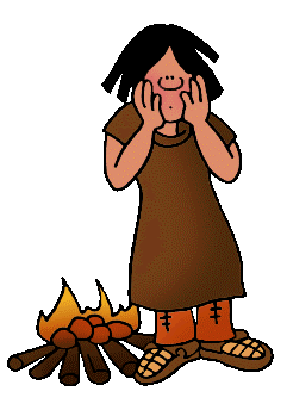
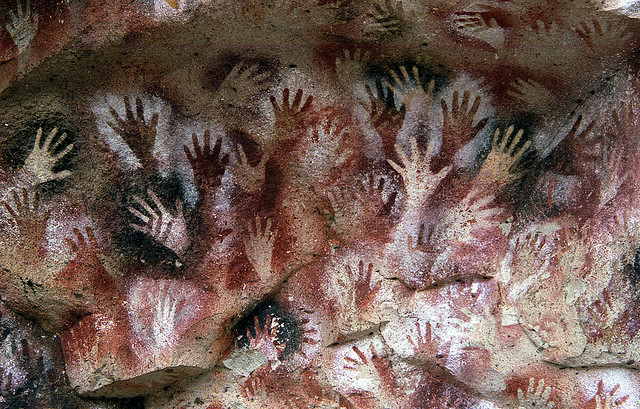
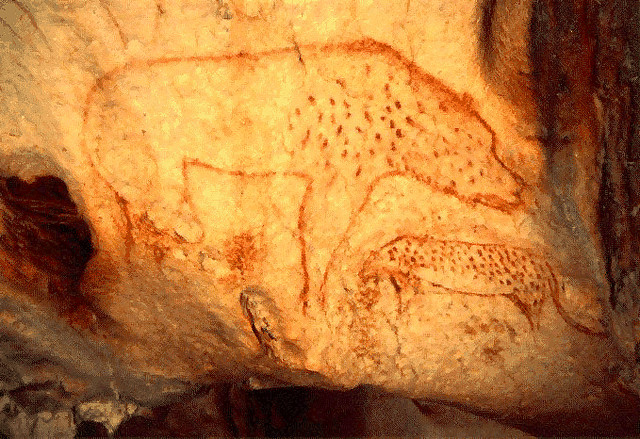
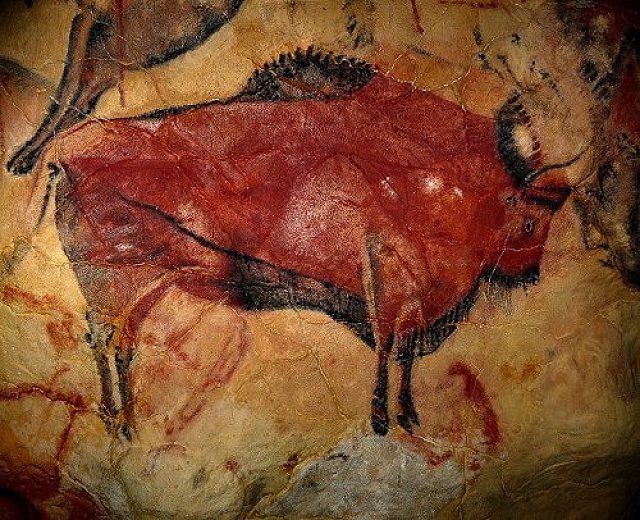
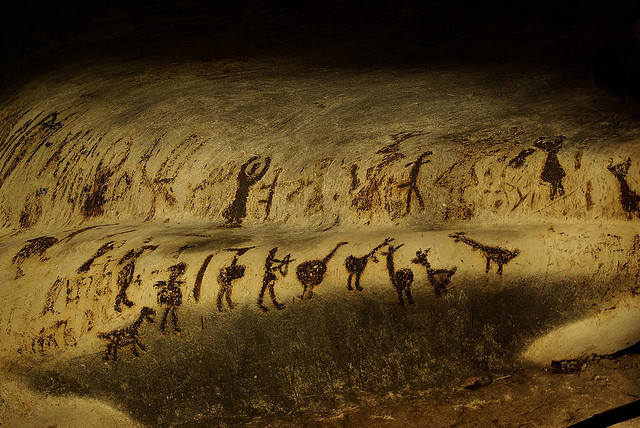
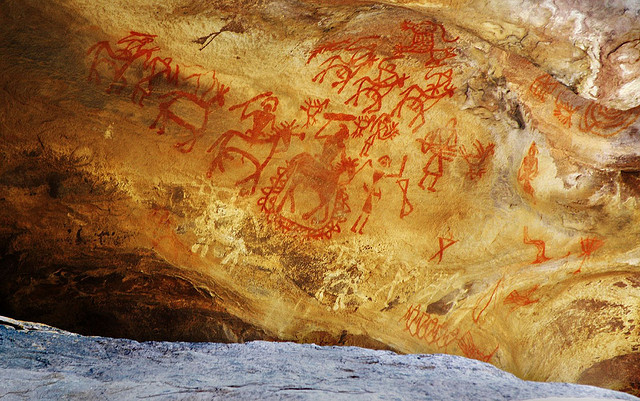
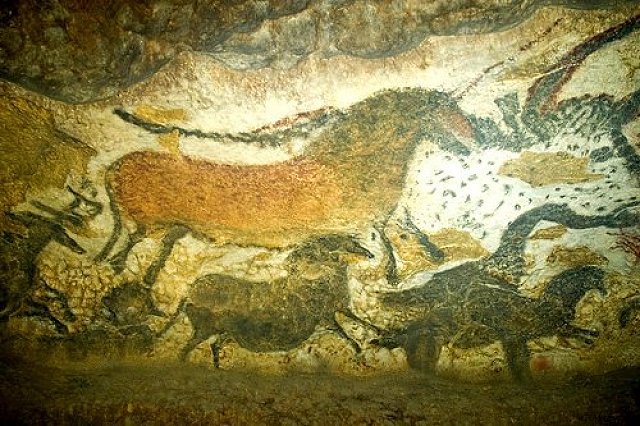
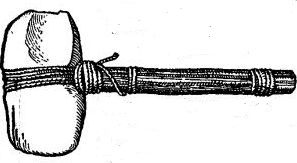





 RSS Feed
RSS Feed
